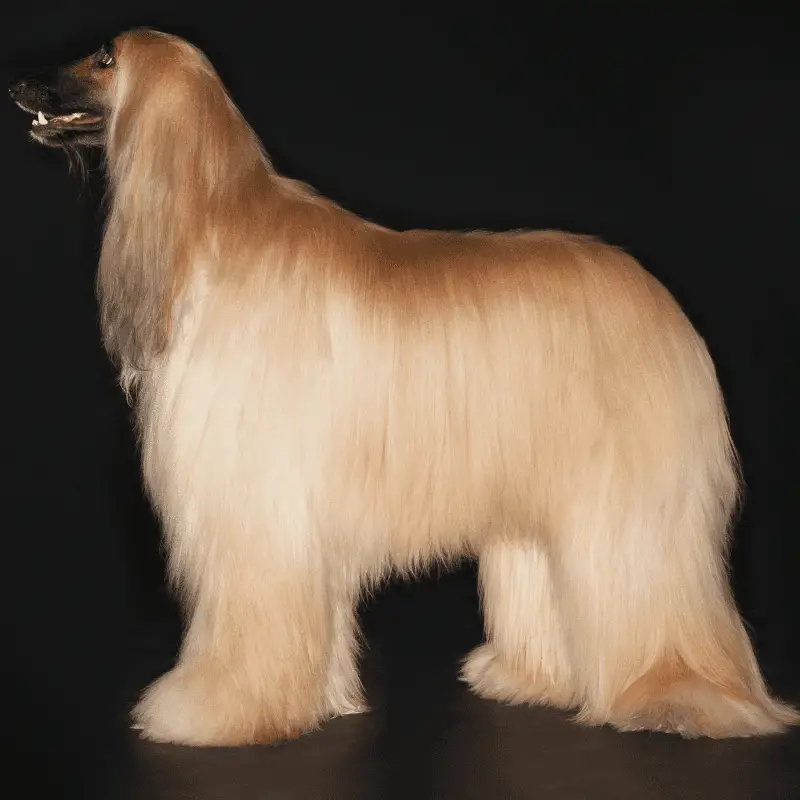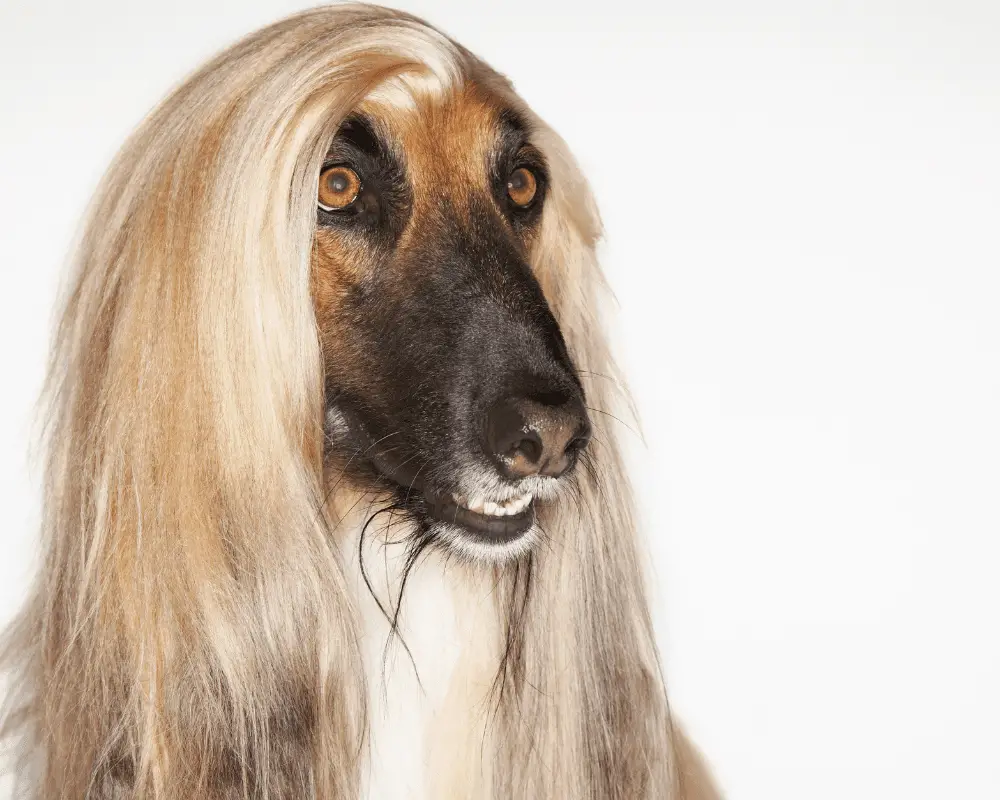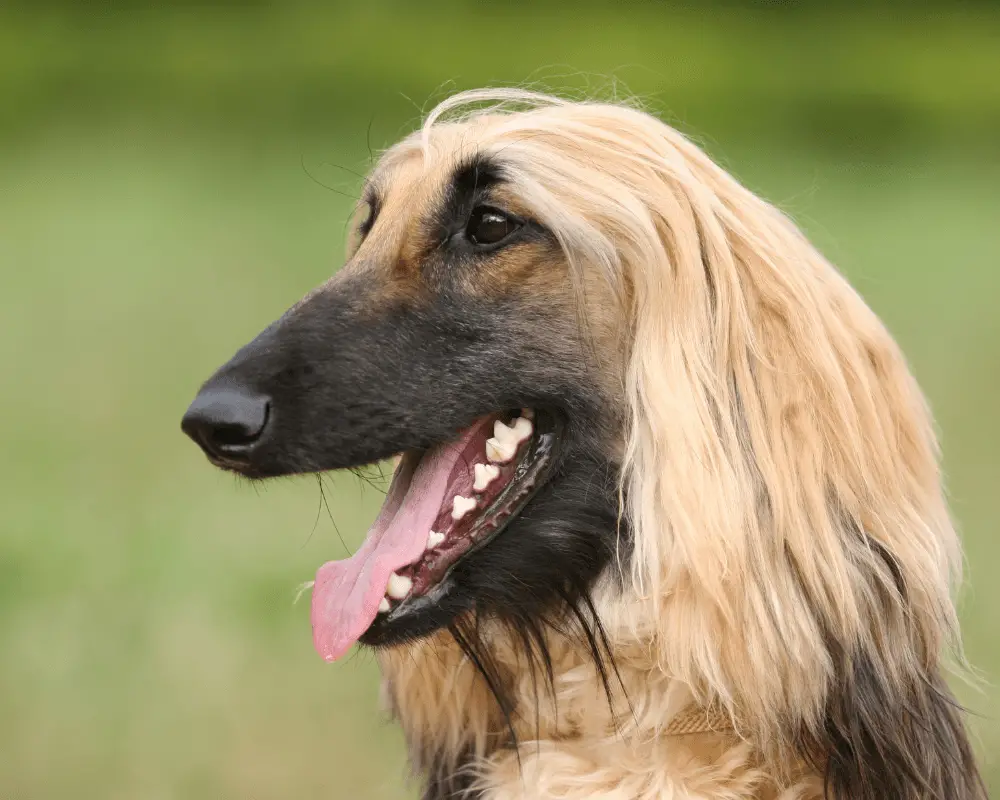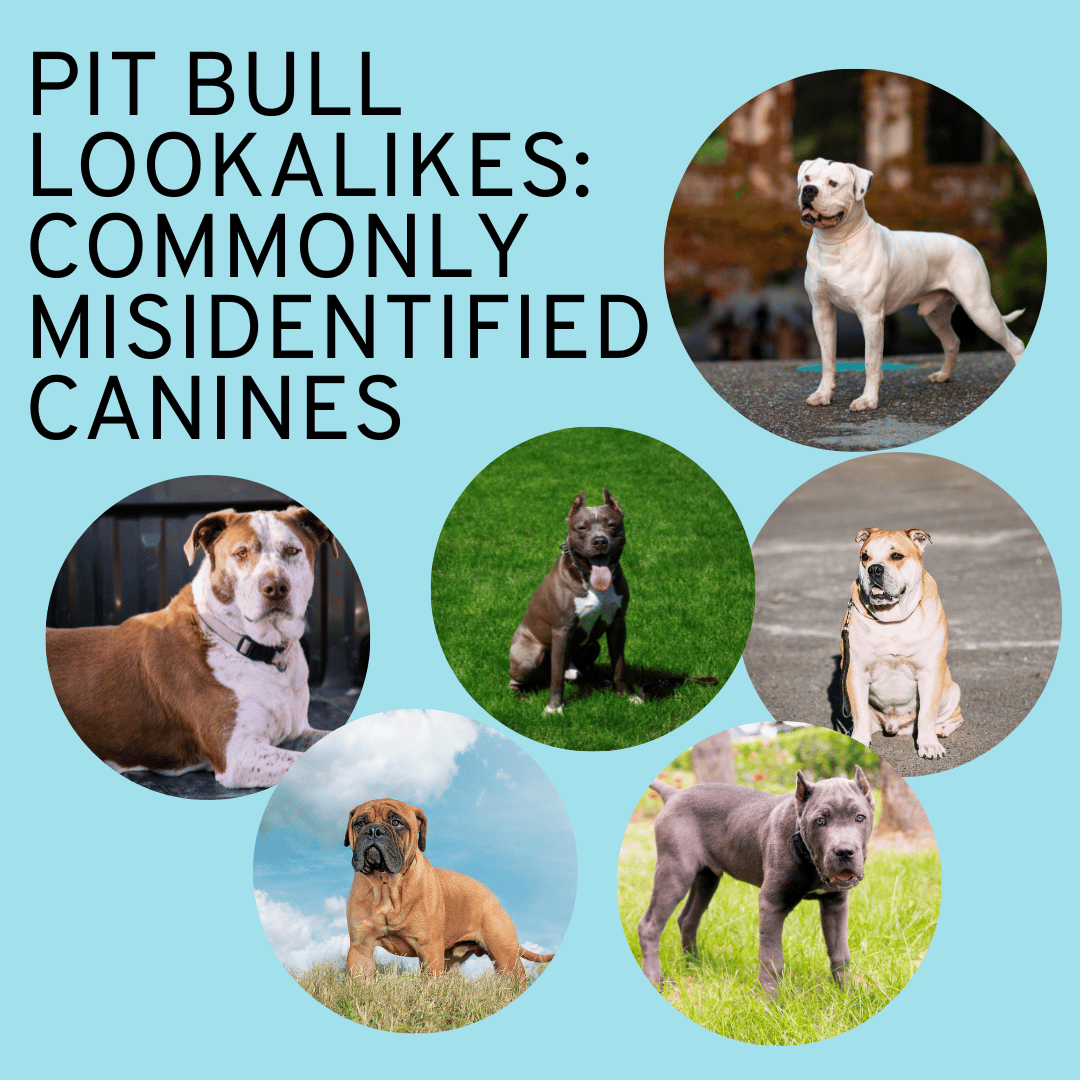The strange bond that the dogs share with their human companions started about 27,000 to 40,000 years ago when the first wolf became domesticated. Since then, the bond between humans and their four-legged canine friends have only become stronger.
As the wolves started travelling with the humans, the natural selection came in force and transformed the domesticated wolves into dogs. Scientists have proved that while gazing in the eyes of their pet dogs, the human body releases endorphins, the happiness hormone called oxytocin. This hormone also gets released when people stare into the eyes of their loved ones.
From the above scientific findings and discoveries, it can be said that dogs and humans share a long trusting bond that is impossible to break. Over the millennia, the dogs have gone through a rapid change. Transformed from the travelling wolf companion, the dogs have become the protector, friend, and companion of modern people. The more you learn about the historical evolution that dogs and humans share, the more amazed you will be.
In this article, we will try to walk through the long journey of Afghan Hounds. In the following section of this article, we will be walking through the history of the Afghan Hound to find out how they have changed over time. But before that, let’s find out how we can identify an Afghan Hound in the first place.
Identifying an Afghan Hound
Afghan Hounds are some of the most elegant dogs across the world. The ancient dog breed has a unique look that does not resemble any other dog breed. The exotic face, dramatically long silky coat and thin builds are features for anyone to identify the Afghan Hounds. The looks of the Afghan Hounds alone makes the breed show worthy. These dogs are selectively bred to retain their unique features. Now that you know the identifying characteristics of the breed, let’s delve into the history of the Afghan Hound.

History
The canine researchers believe that the Afghan Hound is one of the nine ancient breeds of the world. The DNA evidence has proved that compared to other modern dog breeds, the DNA of the Afghan Hound is more closely associated with the dogs of the ancient species.
Even though the history of the Afghan Hound is related to Afghanistan, the researchers believe that the modern Afghan Hounds originated in Great Britain in the Early 20th Century. Along with their striking physical features, the Afghan Hounds are also celebrated for their humorous, quiet, and generally sweet nature.
8000 BC-3000 BC
The researchers consider that the history of the Afghan Hound goes more than 8000 years before Christ. They believe that the dogs originated for the first time in the Eastern Steppes. The breed became nomadic and travelled with the nomadic humans to different parts of Eurasia. Over time, the breed reached England from the faraway lands of Afghanistan.
This breed was known as Tazi to the locals of Afghanistan. The common belief is that these dogs were chosen by Noah and got a space in his ark during the biblical flood.
In the caves of the Balkh region, some of the cave paintings indicate an animal that has a strong resemblance with the Afghan Hounds. This cave painting again supports the theory that the Afghan Hounds have a long history.
3000 BC
A seal, which is about 3000 years old, is perhaps the most tangible element that denotes the presence of The Afghan Hounds. The animal that is etched on the seal has a long coat and furry ears. The overall image has a striking resemblance with the Afghan hounds of today.
1450 BC
Another piece of evidence that can be considered one of the essential steps of the history of the Afghan Hound is the tomb of Rekh-mi-Re. The tomb was created around 1450 BC. A panel with a group of hounds with floppy ears and hairy bodies has been found in that tomb. Researchers think these dogs are the ancestors of the Afghan Hounds of today.
125 BC
One of the problems that canine historians face is the severe lack of documentation. The accurate documentation about the breed was stated once they reached England. However, some scattered descriptions are available in different parts of the world. One of them is this 125 BC old manuscript found in China.
The manuscript talks about the nomadic people who have won over the northern parts of Afghanistan. The document also tells about the herds of goats and the dogs that helped the nomads in herding. It describes the dogs as being as big as the goats and incredibly fierce. The manuscript describes that the dogs had exotic features and a long coat. It also mentions that those dogs were exceptional hunters and often helped the nomads in hunting expeditions.
10 BC
A manuscript of this period also mentions a shepherd dog, an excellent runner and hunter. The characteristics and physical features of the shepherd dogs depicted in the manuscript resemble the Afghan Hounds of today.
1809
Once the breed travelled out of Afghanistan, the history of the Afghan hounds became entwined with that of the historical dog shows. One of the earliest documents showcased the dog breed was a drawing by Thomas Duer Broughton, an English soldier. Thomas drew an Afghan hound in 1809 when he was in India.
Many Afghan Hounds were brought to India and exhibited in different dog shows during this time. The British arranged various dog shows and showcased these dogs under other names. One of the common names used for the Afghan Hounds is Barukhzy hounds. The British also called these hounds the Persian greyhound, about the indigenous sighthounds of that region.
1907
In this year, Captain Bariff brought one particular Afghan Hound named Zardin. This dog became the forefather of the breed type, which is still known as the Persian Greyhound.
1912
During this year, a breed standard was formulated depending on the features and characteristics of Zardin. However, the breeding of these dogs was stopped abruptly due to World War I.
1920
Modern Afghan Hounds were bred from one of the long-haired sighthound type dogs, which were quite common in the Afghanistan region during this time. Miss Jean C.Manson and Major and Mrs G Bell-Murray brought the dog from Balochistan to Scotland this year. This dog breed is known as the Bell-Murray strain. These hounds are of steppe type and are not that heavily coated.

1925
Another strain of dog contributed to making the modern Afghan Hounds. These dogs were brought from a Kennel owned by Mrs Mary Amps. Mrs Amps came to Kabul with her husband after World War I. The sire of her kennel was a dog named Ghazni, which had a striking resemblance to that of Zardin. However, Ghazni was a more heavily-coated dog. Once she shipped the dogs of her kennel to England in 1925, the Ghazni strain was used for breeding the Afghan hounds. Most Afghan hounds found in the US belong to the Ghazni strain.
1927
The American Kennel Club registered the breed.
1934
This year, the first Afghan Hound was imported to Australia from England. The dog that was imported also belonged to the Ghazni strain.
1939
The French Breed Club was established this year. The club tried to mix the mountain strain with the steppe strains to form a standardised dog breed. The continuous work and perseverance of the club helped to create the Afghan Hounds of today.
1945
An Afghan Hound was featured on the covers of Life Magazine.
1948
This year, a new standard of breeding for the Afghan Hounds was documented. This standardisation was done depending on the hybrid strain of modern dogs. Even today, breeders across the world maintain this standardisation.
The Modern Afghan Hound comes with a much attractive modern coat. The descendants that belong to the mix lines of Ghazni and Bell-Murray strains showcase a lighter coat feathering, shorter face and neck hair, and deeper saddles. Sometimes the saddles are so deep that it looks like a real saddle in place. Canine researchers think that the ancestors of these modern Afghan Hounds must have come from the hotter parts of the country.
1957
This year, Afghan Hounds won the Best in Show Award in the Westminster Kennel Club Show. The dogs again won the show in 1983
The 1970s
During this time, Afghan Hounds gained the most popularity in Australia. They even won most of the dog shows that were arranged in the country.
1996
In the World Dog Show, which was arranged in Budapest this year, an Afghan Hound won the Best in Show Award. While the Afghan Hounds are not used for hunting anymore, they still participate in the sports of lure coursing.
Conclusion
Loving and adaptable, these dogs are perfect for families of any size. However, the history of the Afghan Hound indicates that you have to spend quality time with them for handling their energy level. It would take some effort to keep the luxurious coat of the dogs in shape as well. If you are ready to provide all that, you will get an affectionate companion that turns heads with its beauty every time you step out.











